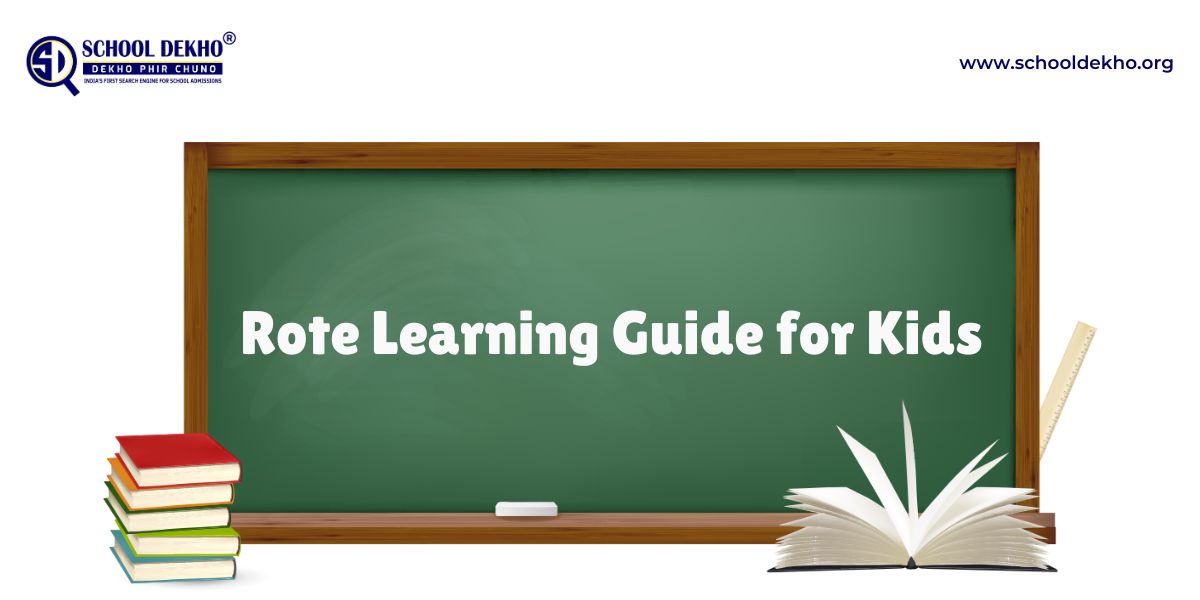

Hey there! We've all been there: your eyes have scanned an entire page of your textbook, but your brain... well, it checked out after the first paragraph. Suddenly, you're at the bottom of the page, and you have absolutely no idea what you just read. Sound familiar?
Don't worry, it’s not you—it’s the method. The good news? There's a better way to hit the books that actually works.
Let me introduce you to your new secret weapon: the SQ3R Method. It’s a game-changer for turning reading from a chore into a superpower.
It sounds fancy, but it’s just a simple, step-by-step process to trick your brain into paying attention. SQ3R stands for:
S — Survey
Q — Question
R — Read
R — Recite
R — Review
Think of it as a friendly roadmap that keeps you from getting lost in a sea of text. Let's break it down.
- Before you dive headfirst into the chapter, don't! First, be a detective. Quickly scan the scene.
- Check out the headlines and subheadings. They're the chapter's bone structure.
- Notice any bold or italic words. The author is basically waving flags at you saying, "This is important!"
- Glance at pictures, charts, and graphs. A picture is worth a thousand words, right?
- Peek at the summary or questions at the end. This is like reading the spoilers—but for studying, it’s encouraged!
- Why this rocks: You're giving your brain a preview. It’s like watching a movie trailer so you know what to expect when the feature film starts.
- This is where the magic starts. Take those headings you just surveyed and turn them into questions.
- Heading: "The Causes of World War I"
- Your Question: "Okay, what did cause World War I?"
- By asking questions, you're no longer just reading words—you're going on a fact-finding mission. Your brain loves a good mystery and will be way more interested in sticking around for the answers.
- Now you read. But you're not just reading; you're on a scavenger hunt for the answers to the questions you just asked.
- Have a highlighter or pen handy. Mark up those key sentences that answer your questions.
- Scribble notes in the margins. Talk back to the book!
- Stay focused on your mission. You’re an active participant now, not a zombie staring at a page.
- After you finish a section, close the book. Seriously, close it.
- Now, try to explain what you just learned in your own words. You can:
- Talk out loud to yourself (no judgment!).
- Write a quick summary in your notebook.
- Explain it to your cat, your plant, or a very patient friend.
- If you can explain it simply, you truly understand it. If you get stuck, that's your cue to re-read that specific part.
- You're almost there! Don't just slam the book shut. Take five minutes to wrap up.
- Glance back at your questions. Can you still answer them without peeking?
- Quickly skim your notes and the headings again to solidify the main ideas.
- Be honest with yourself—what’s still a bit fuzzy?
Pro Tip: Circle back in 24 hours for a super-quick review. This tells your brain, "Hey, we need to keep this information!" and moves it to your long-term memory. It’s a total cheat code for remembering stuff for exams.
This method isn't about more work—it's about smarter work.
✅ No more zoning out. You have a job to do in every step.
✅ You actually get it. No more faking it till you make it.
✅ Remember way more. Especially when you're stressed during a test.
✅ Save time. An hour of focused SQ3R is better than three hours of distracted re-reading.
Chapter: The Wonders of Photosynthesis
Survey: You notice headings like "The Role of Sunlight," "What is Chlorophyll?" and "Producing Glucose."
Question: You ask, "How do plants actually make their own food? What does chlorophyll even do?"
Read: You dive in, looking for the answers. You highlight "sunlight as energy" and note "chlorophyll = green stuff that captures light."
Recite: You close the book and say, "Okay, so plants use sunlight, water, and carbon dioxide—with the help of chlorophyll—to create their food (glucose) and oxygen. Cool!"
Review: The next day, you quickly ask yourself, "How does photosynthesis work again?" and can still explain the basics.
See? Not so bad!
You've Got This.
Reading doesn't have to be a struggle. With SQ3R, you're in the driver's seat of your own learning. It might feel a little weird at first, but the more you practice, the more natural it becomes.
Give it a shot on your next reading assignment. Your future, well-rested, exam-acing self will thank you for it.
Now go forth and conquer that textbook! You totally can.



